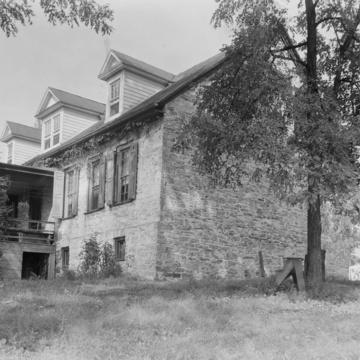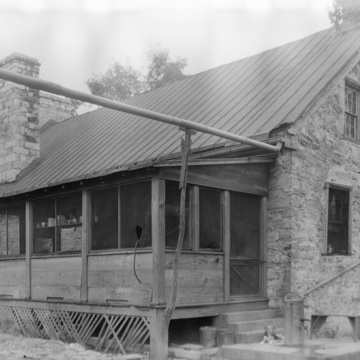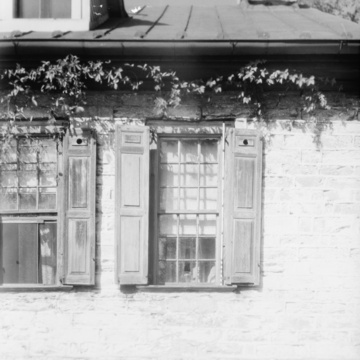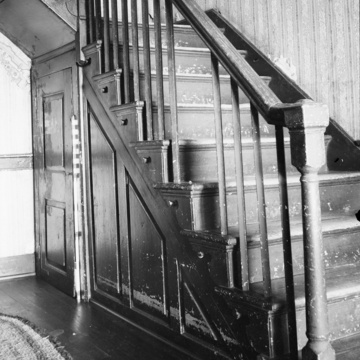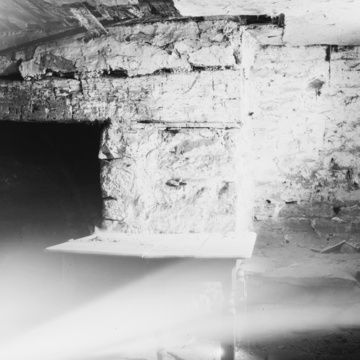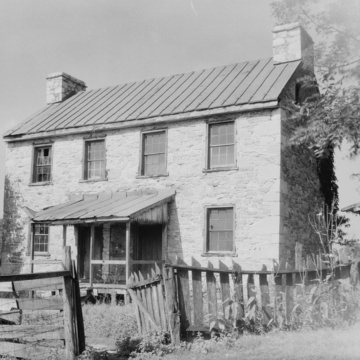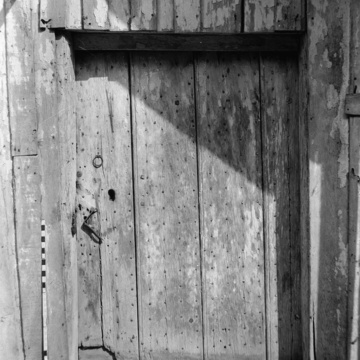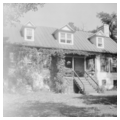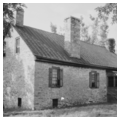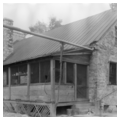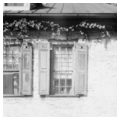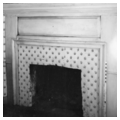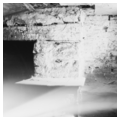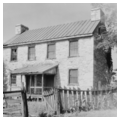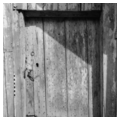Approached by a long lane, this large one-andone-half-story limestone house, one of West Virginia's sixteen National Historic Landmarks, was the third to receive the honor. Its landmark status derives from the fact that General Horatio Gates lived here from 1773 to 1790, except while he was fighting in the American Revolution. Gates bought the property in 1773 and commissioned John Ariss, noted Virginia architect and artisan, to make
In June 1775, the Second Continental Congress promoted Gates to the rank of brigadier general, and in May 1776, he became major general. He defeated General John Burgoyne at Saratoga in October 1777. Cornwallis defeated Gates in 1780 at Camden, South Carolina, and Gates was relieved of his command. In 1790 he moved to New York, where he died in 1806.


